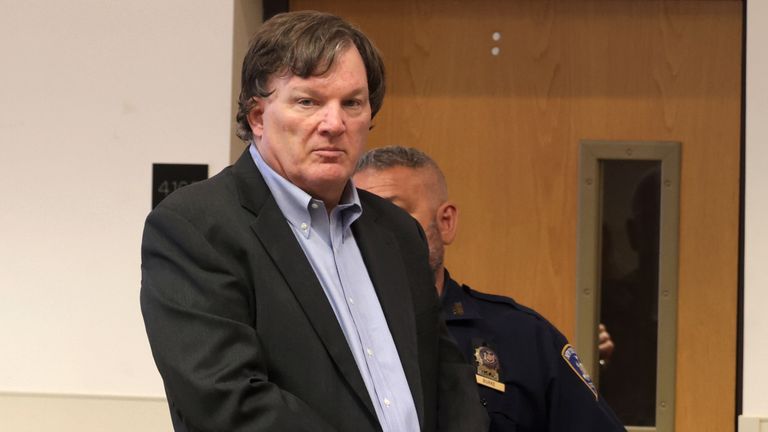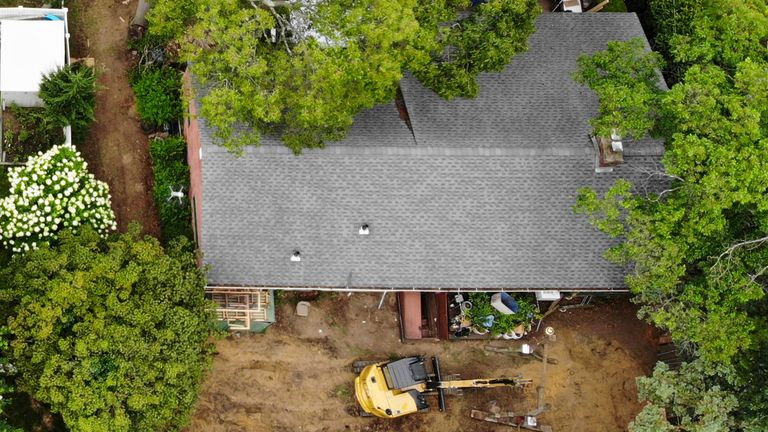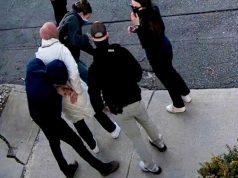A New York architect has been charged with the murder of a fourth woman, as police revealed how DNA evidence from his daughter’s drink can helped to make a link.
Rex Heuermann, 59, was formally charged with the murder of Maureen Brainard-Barnes, having already been accused of killing three other women left near Gilgo Beach, in Long Island.
He has pleaded not guilty to the murder of all the women – collectively known as the Gilgo Four, who were part of the Netflix film Lost Girls.
He did not speak at a brief court hearing on Tuesday and remains jailed without bail, local media reported.
Heuermann was connected to the deaths of Melissa Barthelemy, Megan Waterman and Amber Lynn Costello – who investigators say were sex workers – in part by his wife’s hair, which was found at the crime scene, officials said.
Unsealed court documents on Tuesday revealed undercover agents followed Heuermann’s 26-year-old daughter onto the Long Island Rail Road and used her discarded Java Monster can to link him to the killings.
Mobile phone data and DNA taken from a slice of pizza were also used to link him to the deaths.
In all, 11 sets of human remains were found in 2010 and 2011 along an isolated stretch of the beach, about 30 miles (50km) east of New York City, drawing national attention.
The four Heuermann is accused of killing were last seen between July 2007 and September 2010.
Heuermann used a burner mobile phone to contact sex workers who advertised their services online, according to prosecutors.
Police concluded that an 11th person found dead in a tidal marsh on the same barrier island accidentally drowned.
Investigators have said Heuermann, who lived in Massapequa Park across the bay from where the bodies were found, was probably not responsible for all the deaths.
Prosecutors also said in Tuesday’s court filing that Heuermann feared getting caught in the months leading up to his arrest in July.
He obtained data wiping software to try and remove evidence on his electronic devices, they said.
Investigators seized hundreds of devices from Heuermann’s home that prosecutors say contained bondage and torture pornography.
Internet search terms also included “how does cell site analysis work”, “Gilgo news” and “how cell phone tracking is increasingly being used to solve crimes”.
Heuermann’s lawyer, Michael Brown, said his client maintains innocence and looked forward to defending himself in court.
He also called into question some of the evidence, suggesting new DNA analysis was “problematic” since it was being introduced about 13 years after Ms Brainard-Barnes’ body was discovered.
Suffolk County District Attorney Raymond Tierney said in response more sophisticated DNA testing had allowed investigators to more conclusively determine the hairs found with Ms Brainard-Barnes belonged to Heuermann’s ex-wife and daughter.










![Stonebwoy holds star-studded party for ‘5th Dimension’ mega album [Video]](https://ghananewss.com/storage/2023/04/stonebwoy-partyy-100x75.jpeg)






